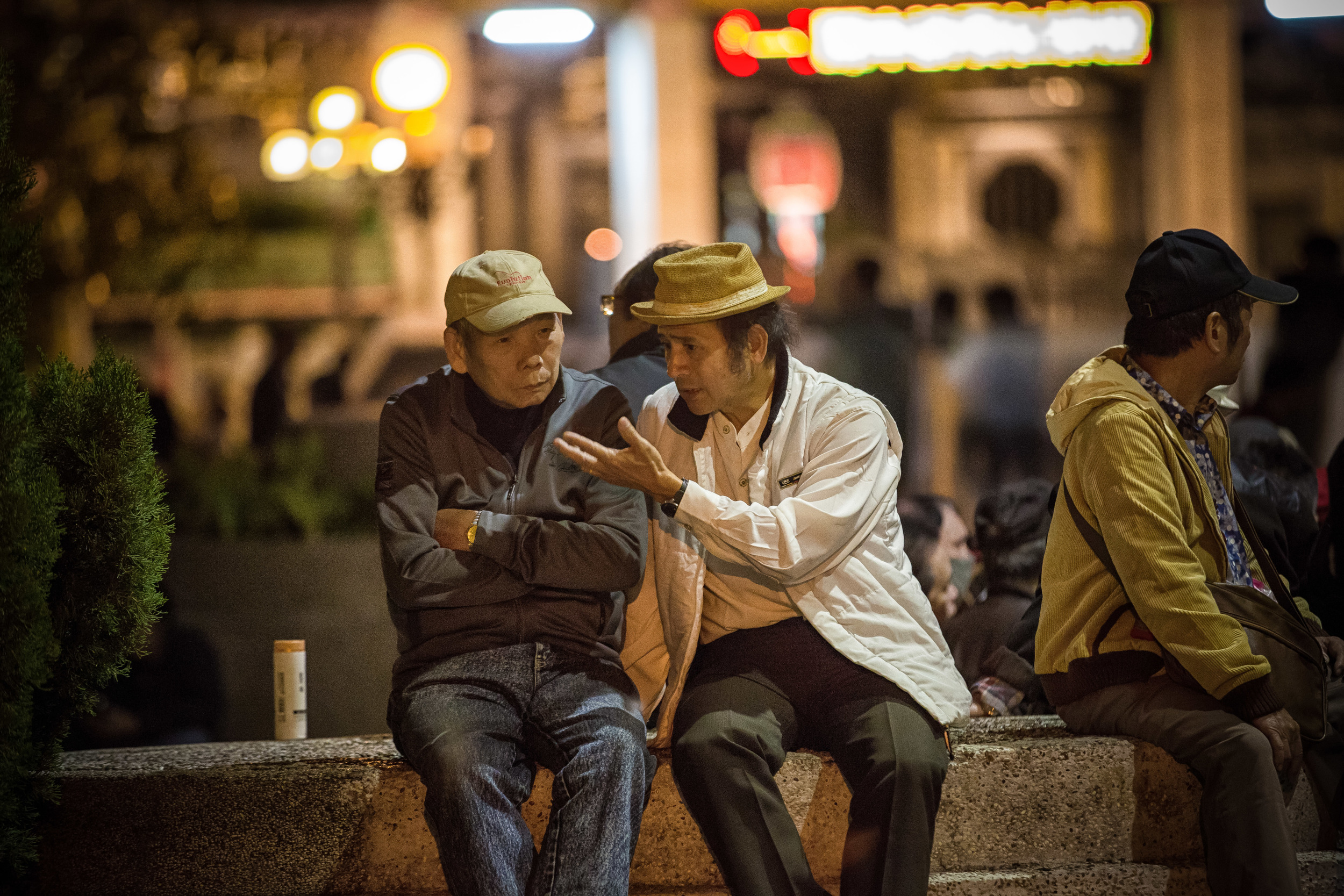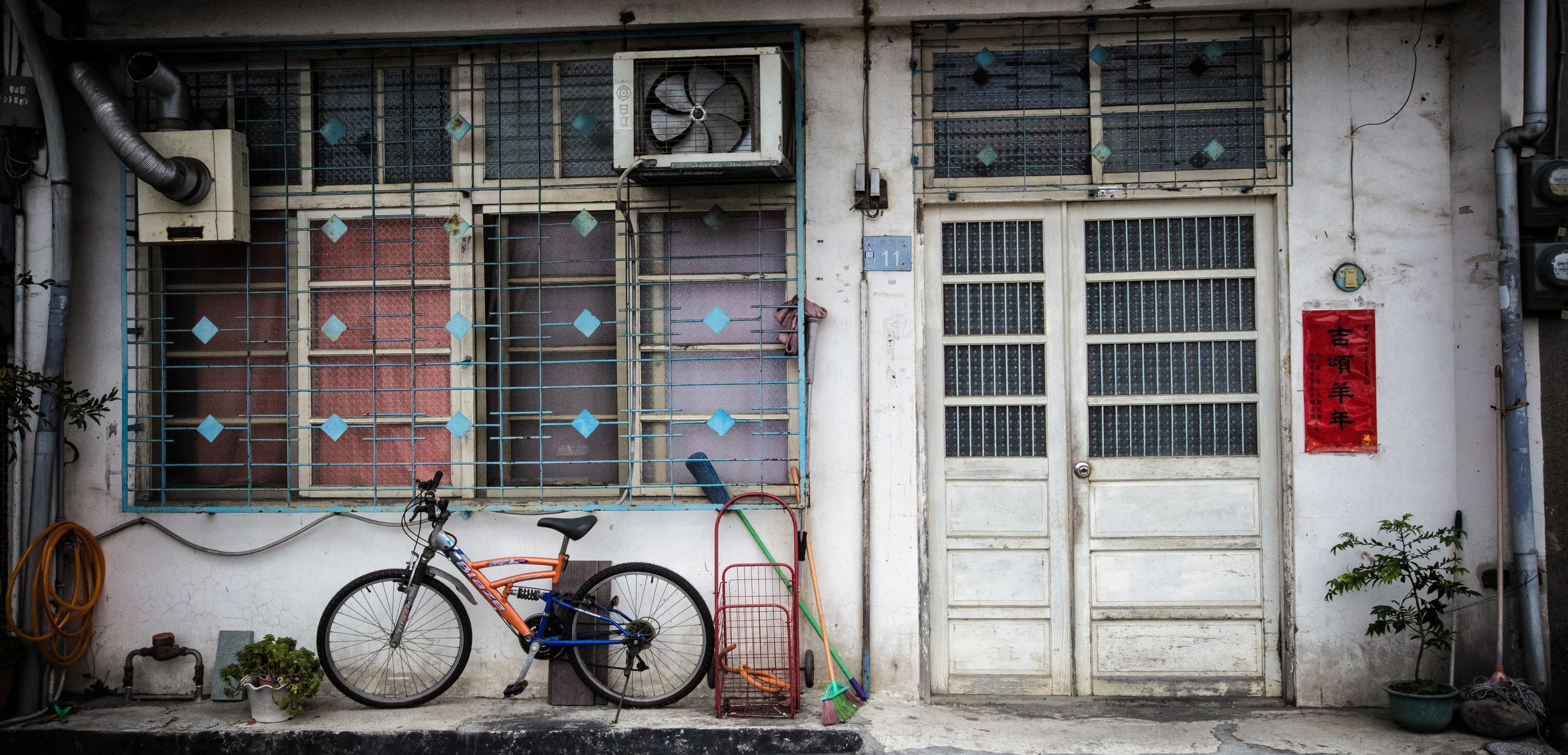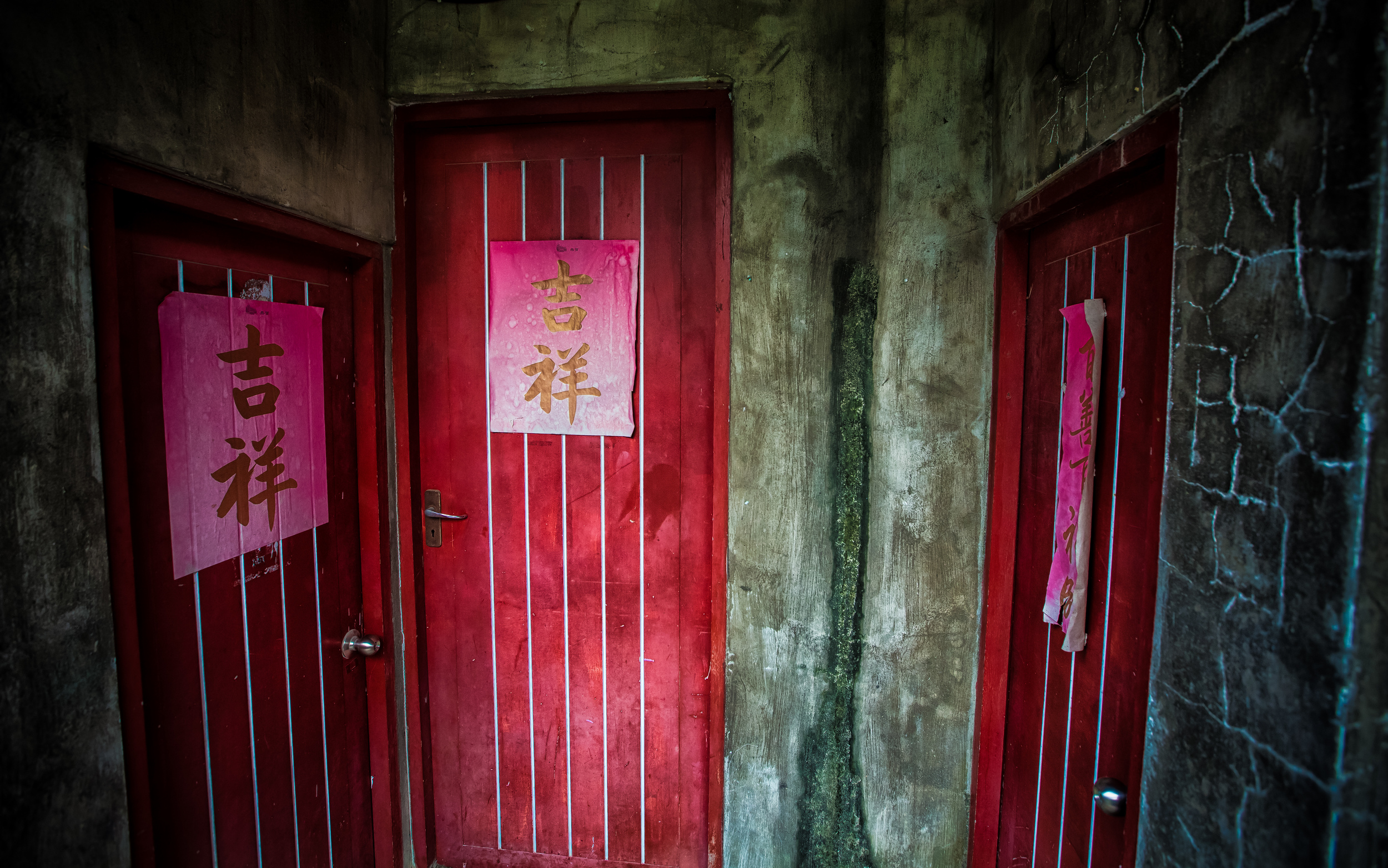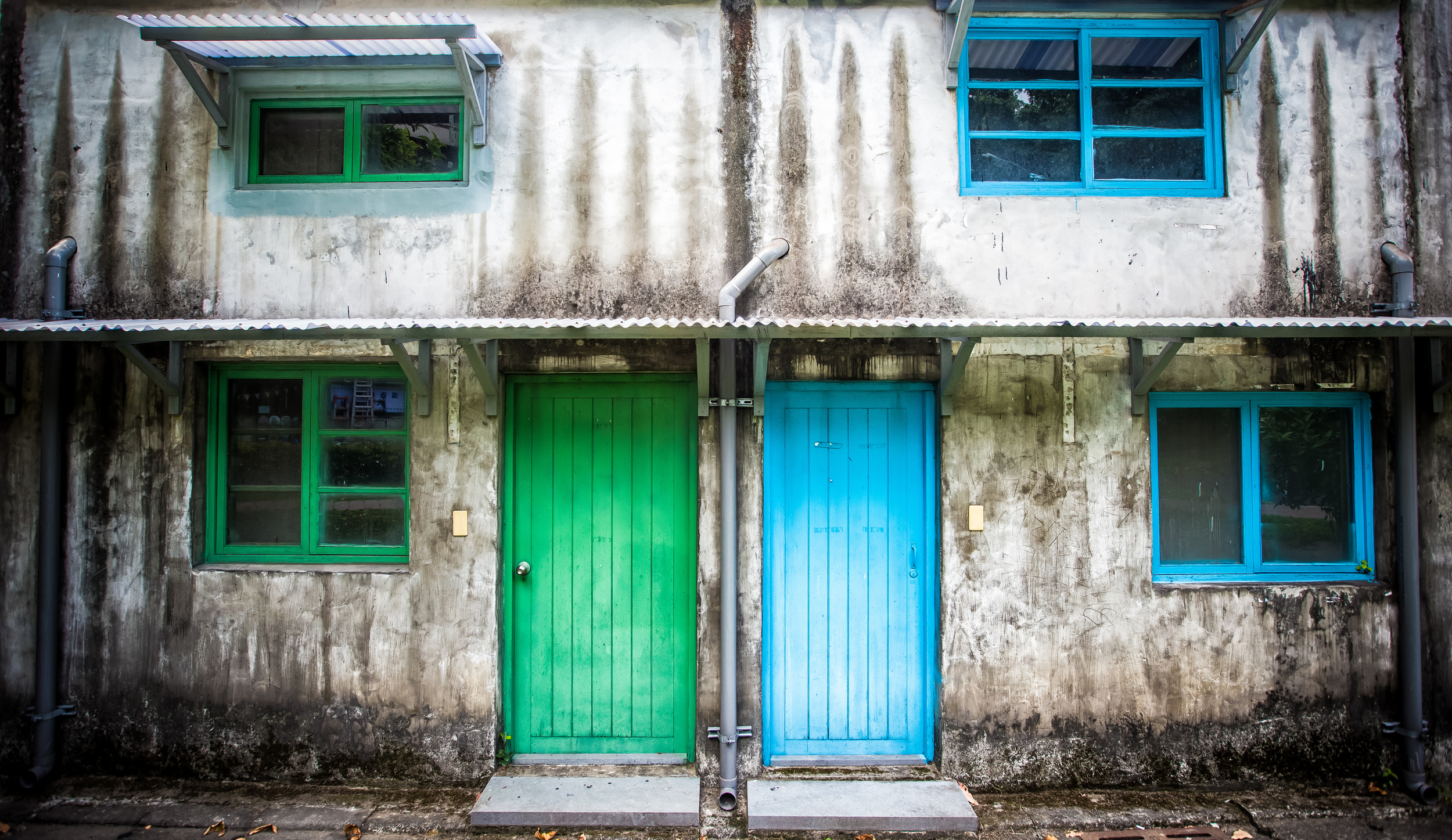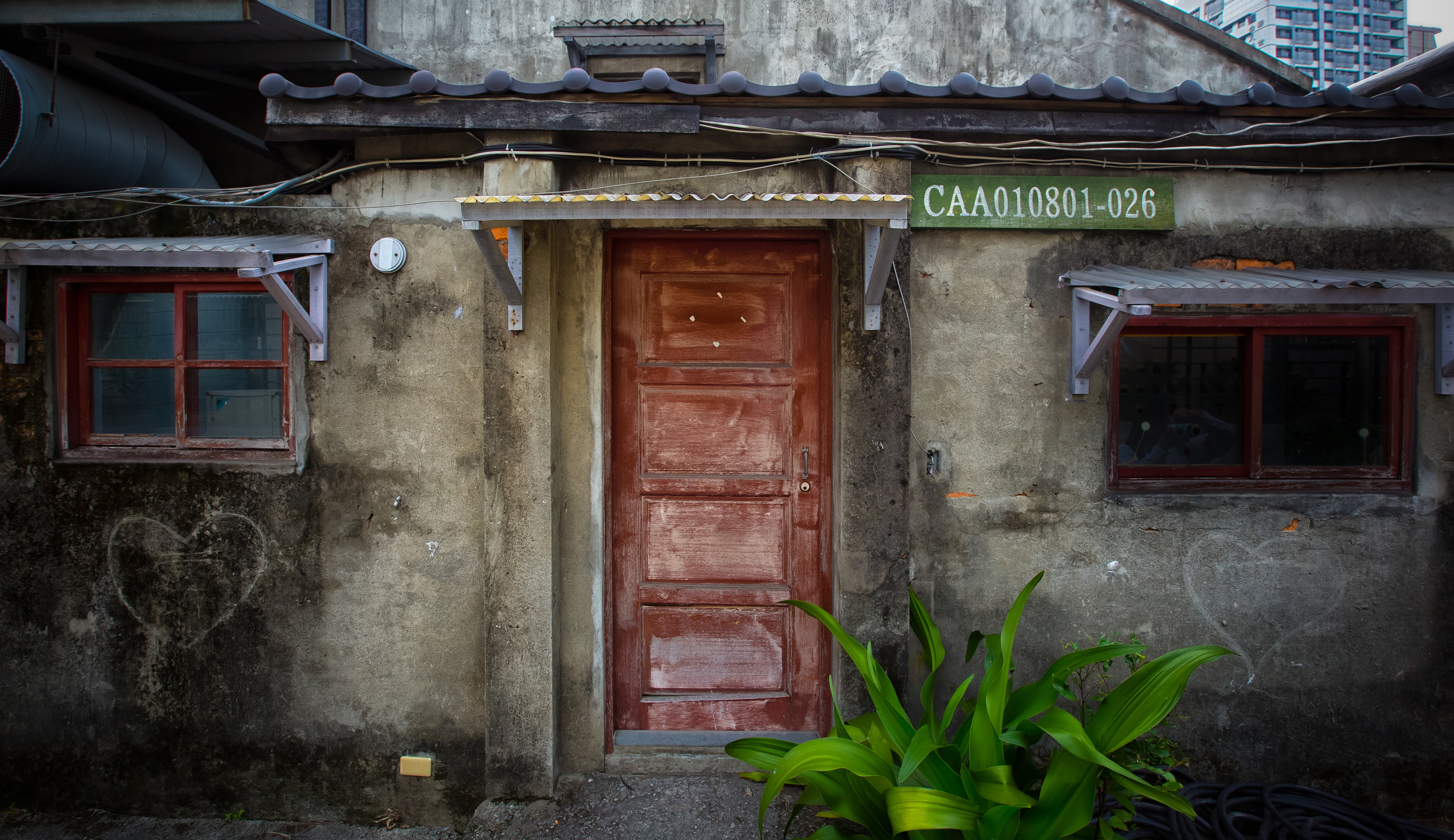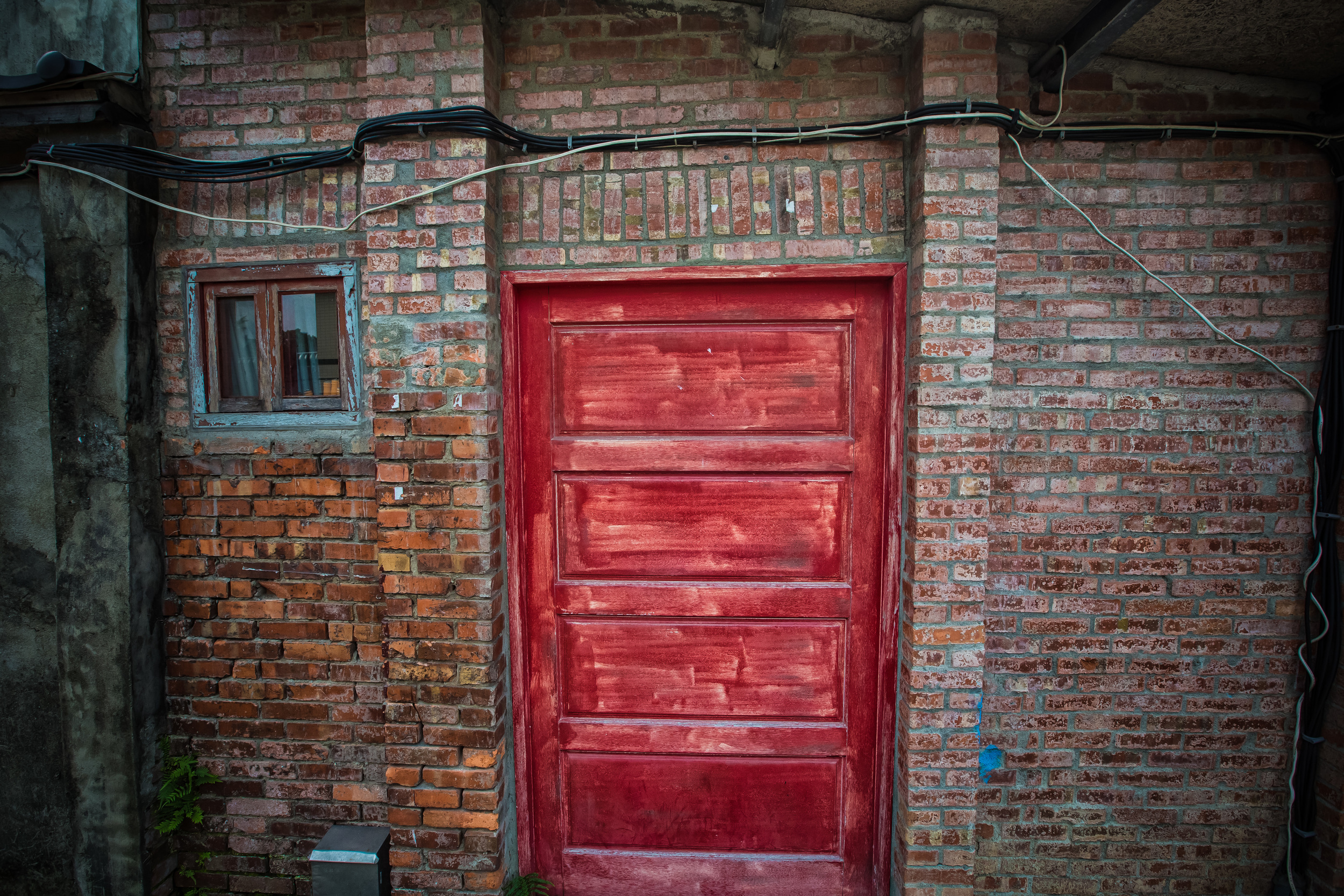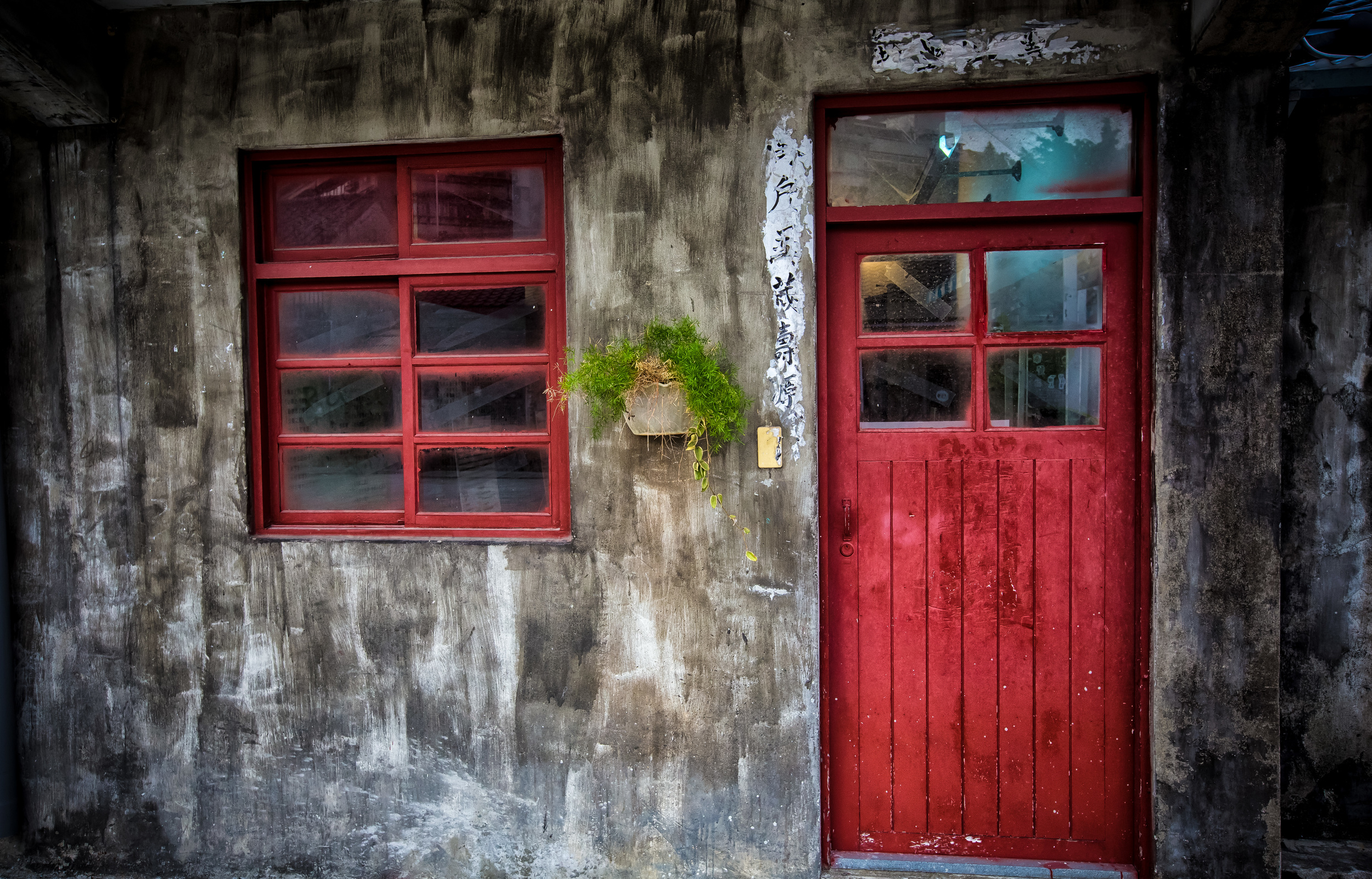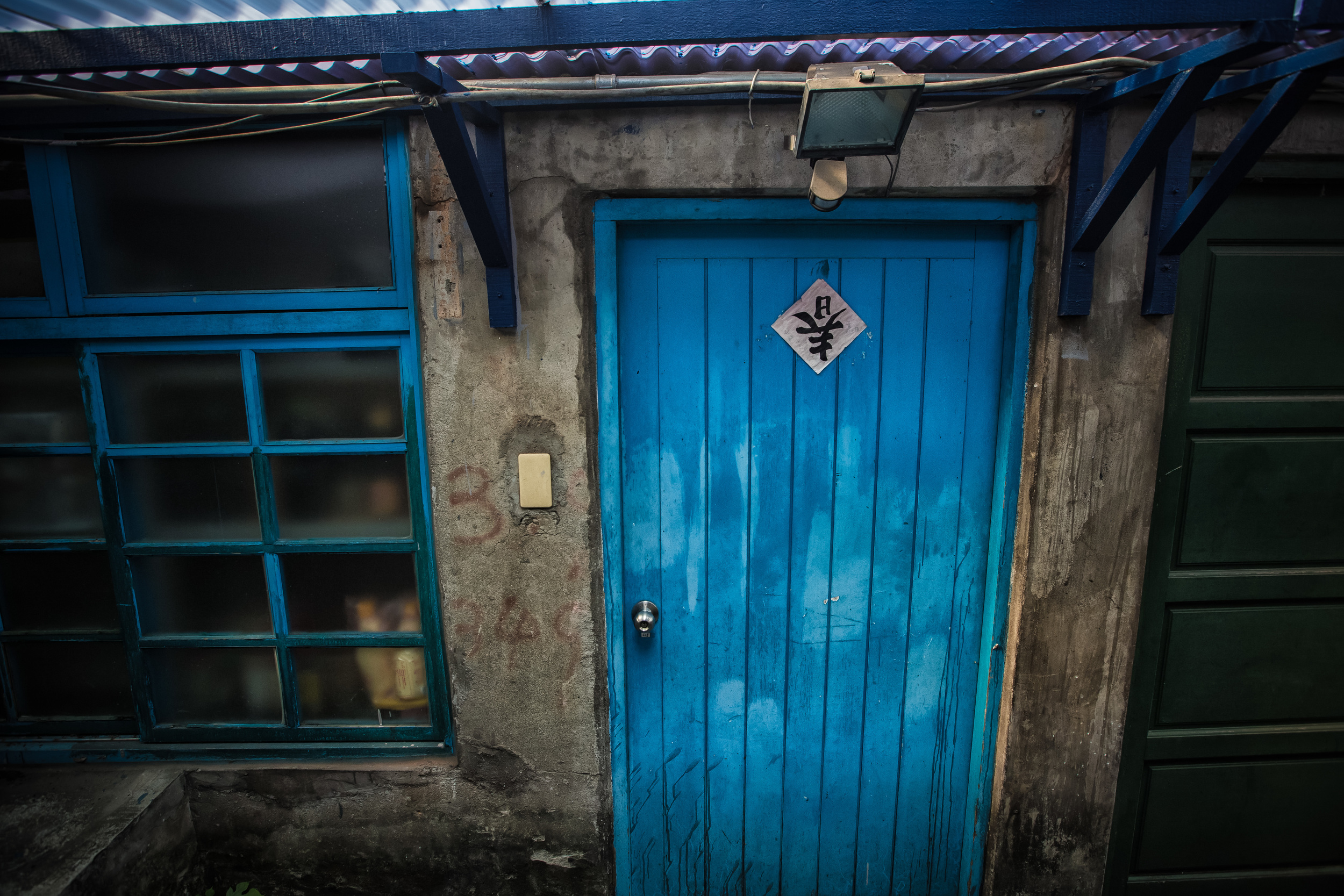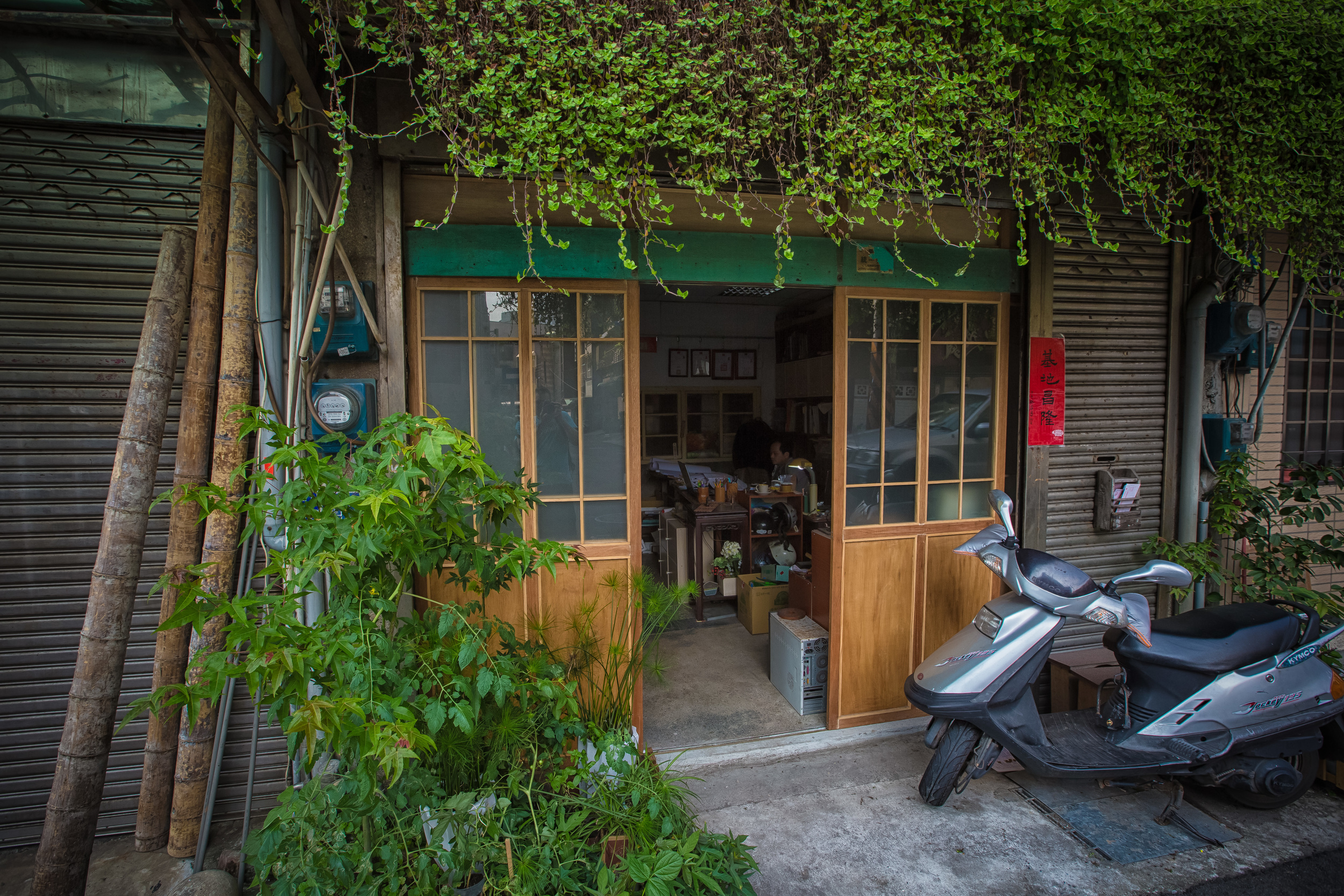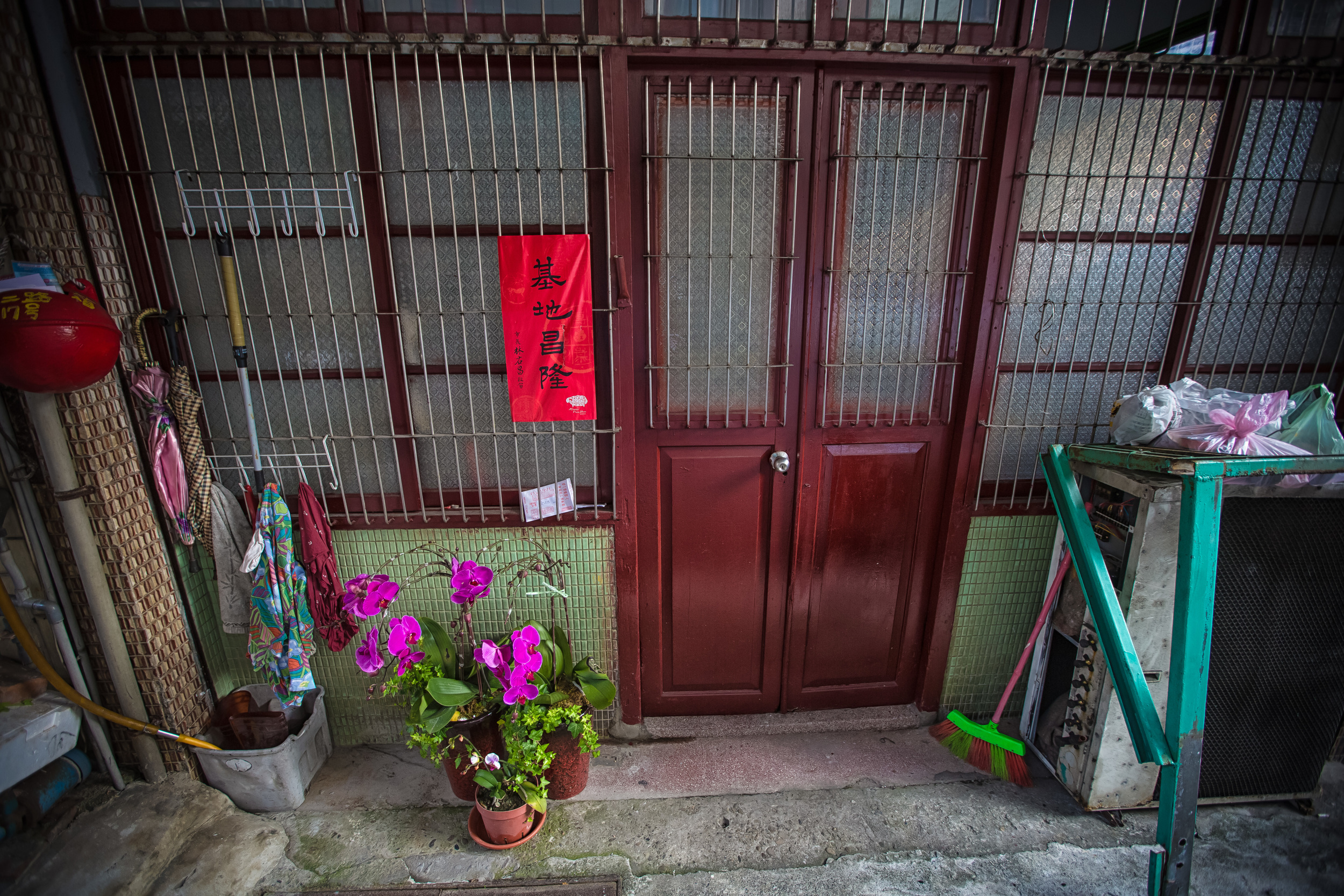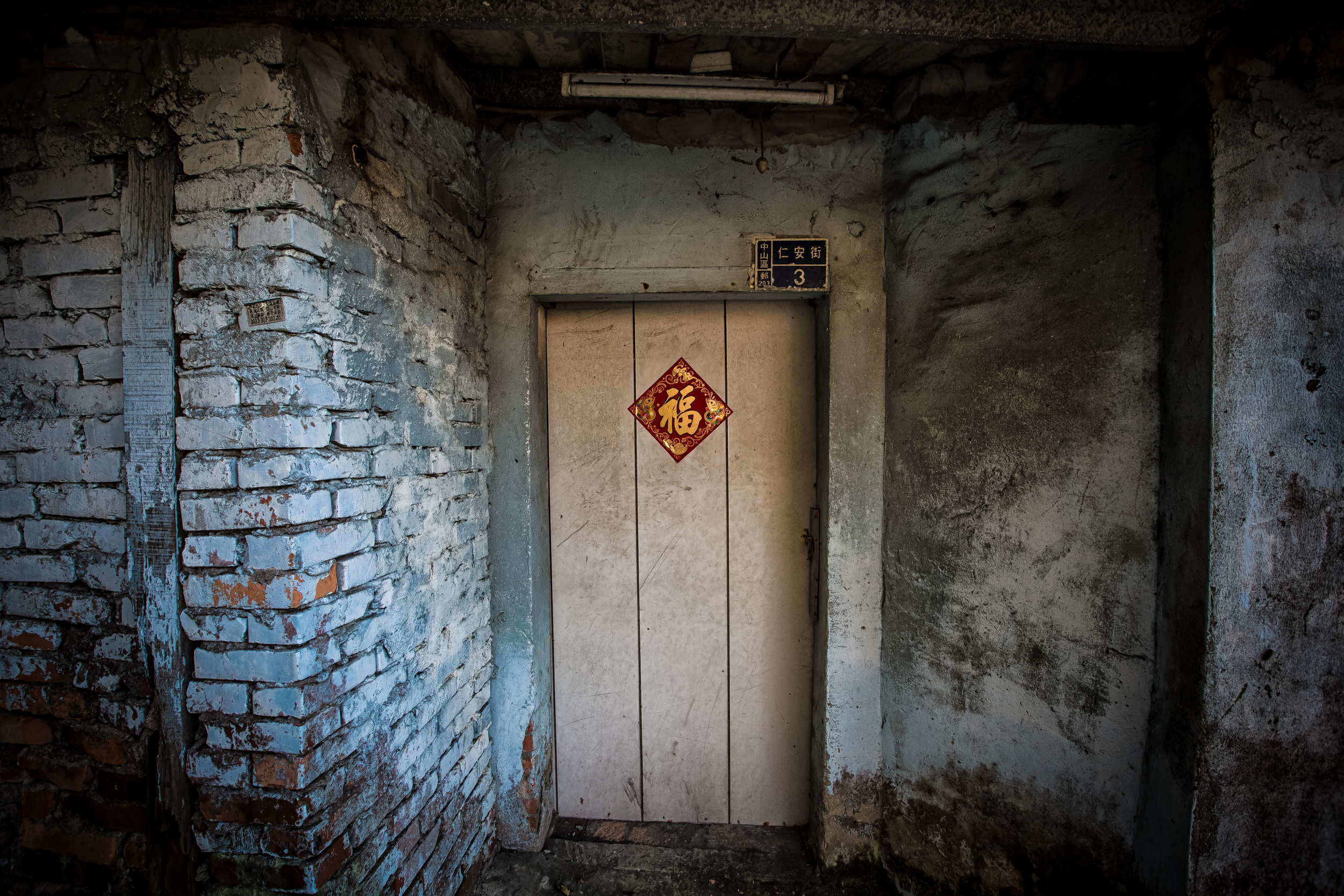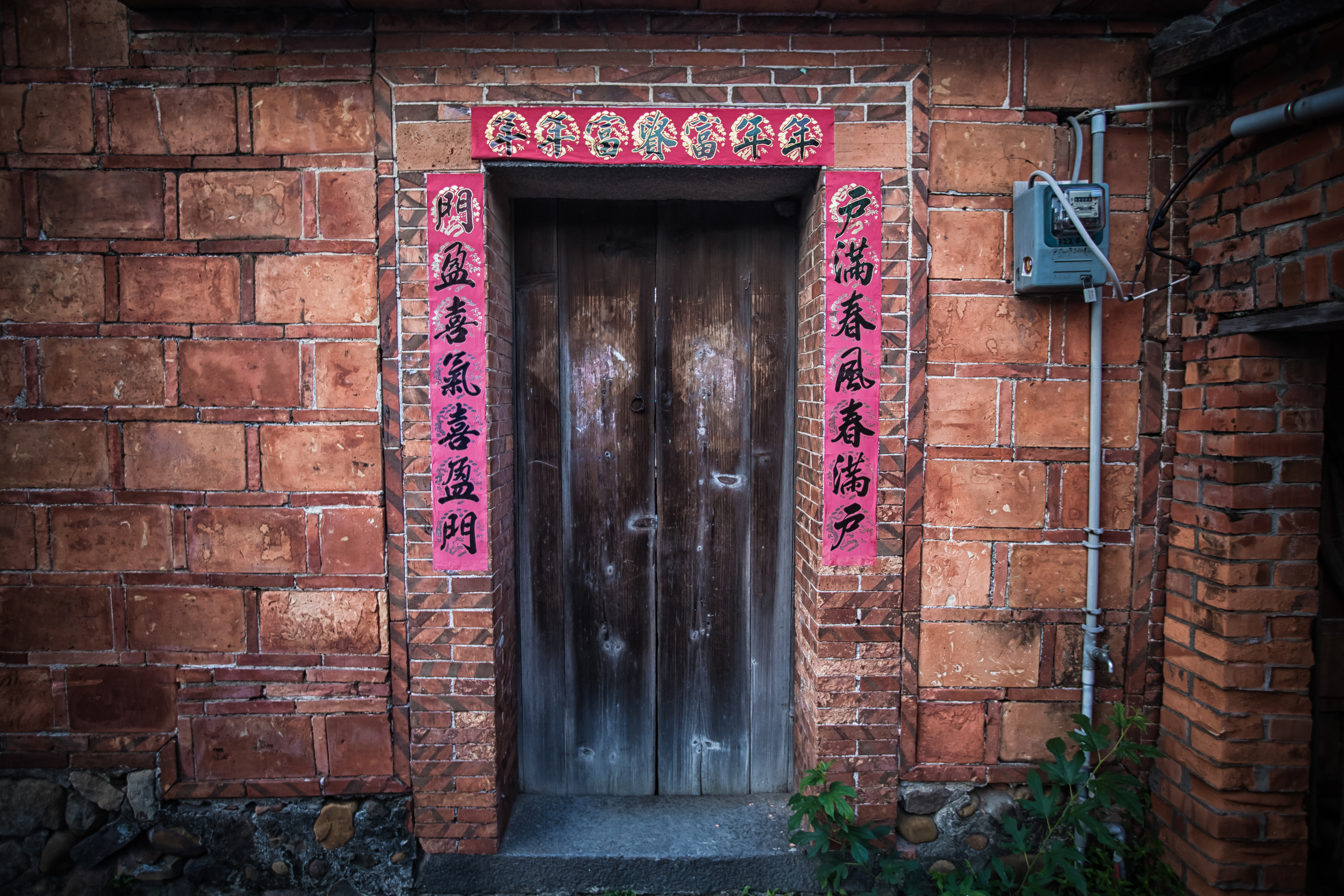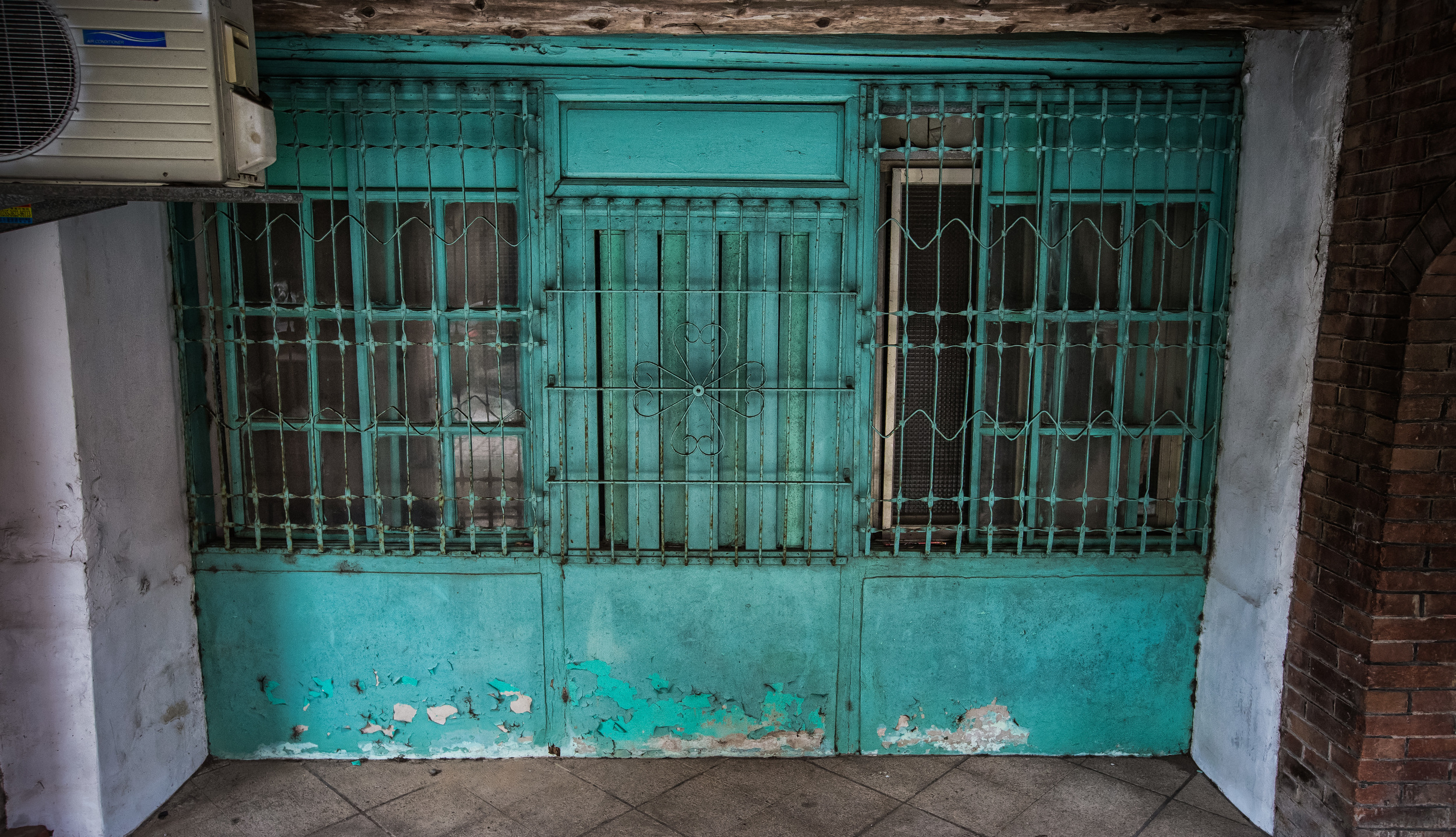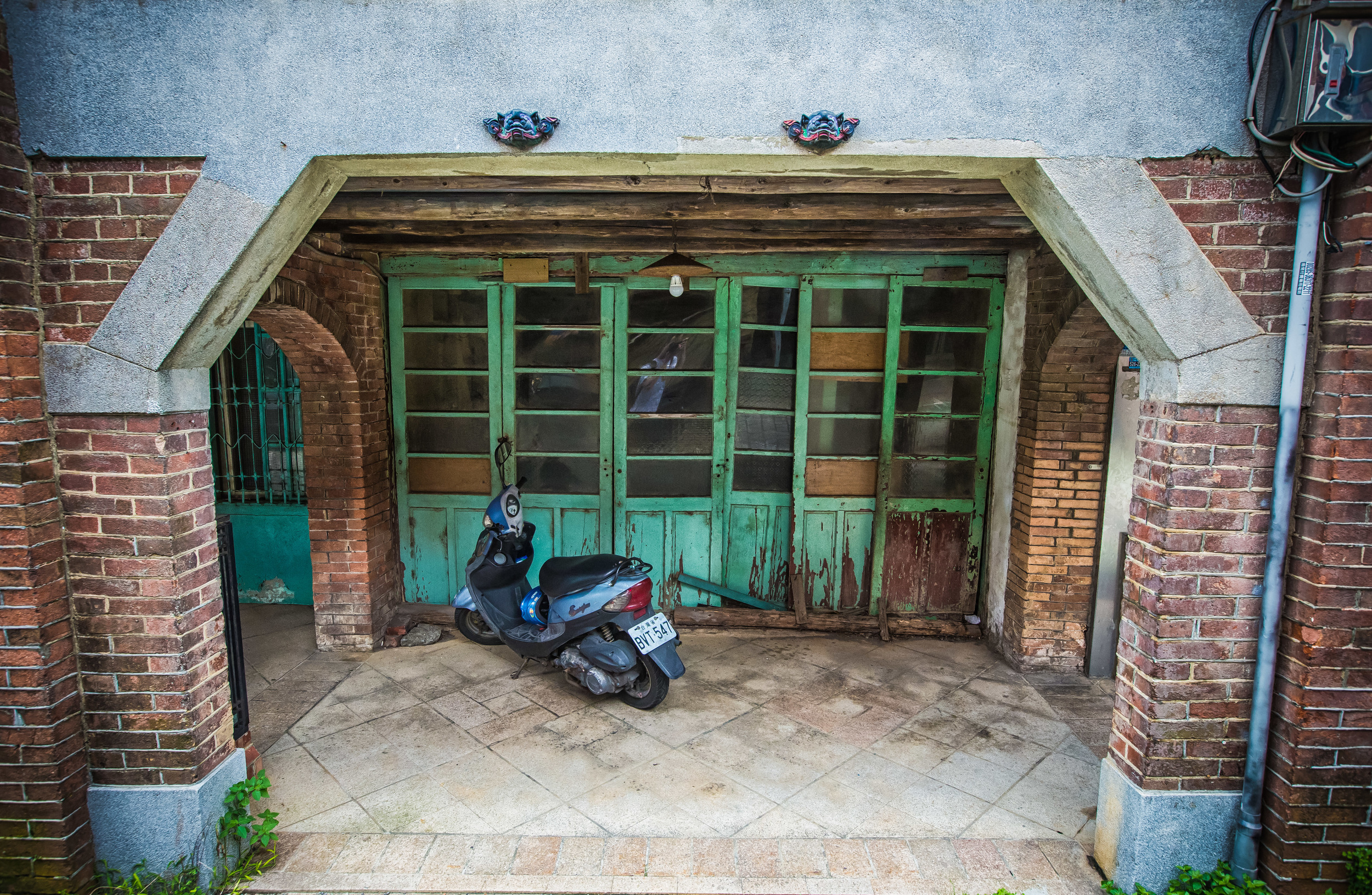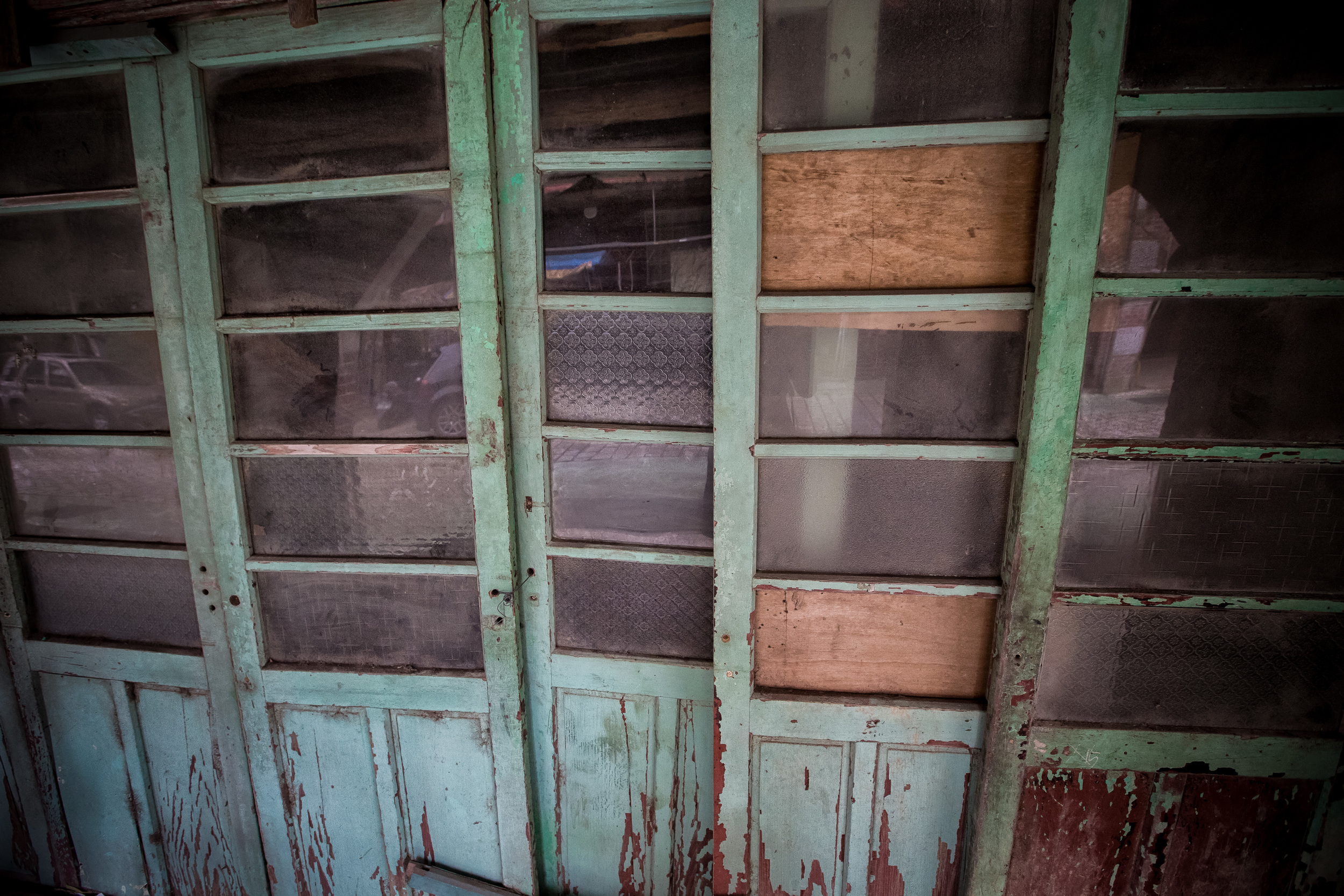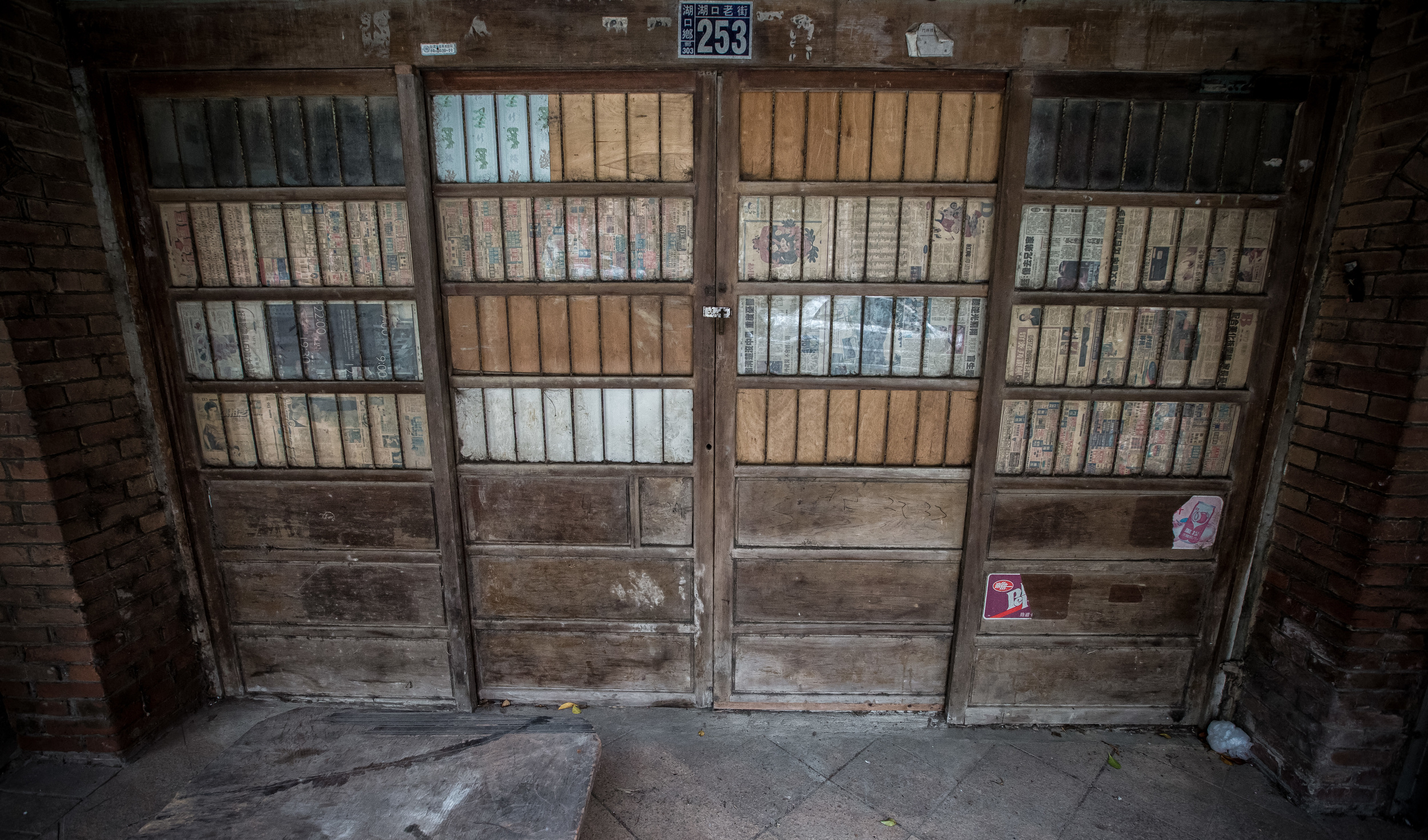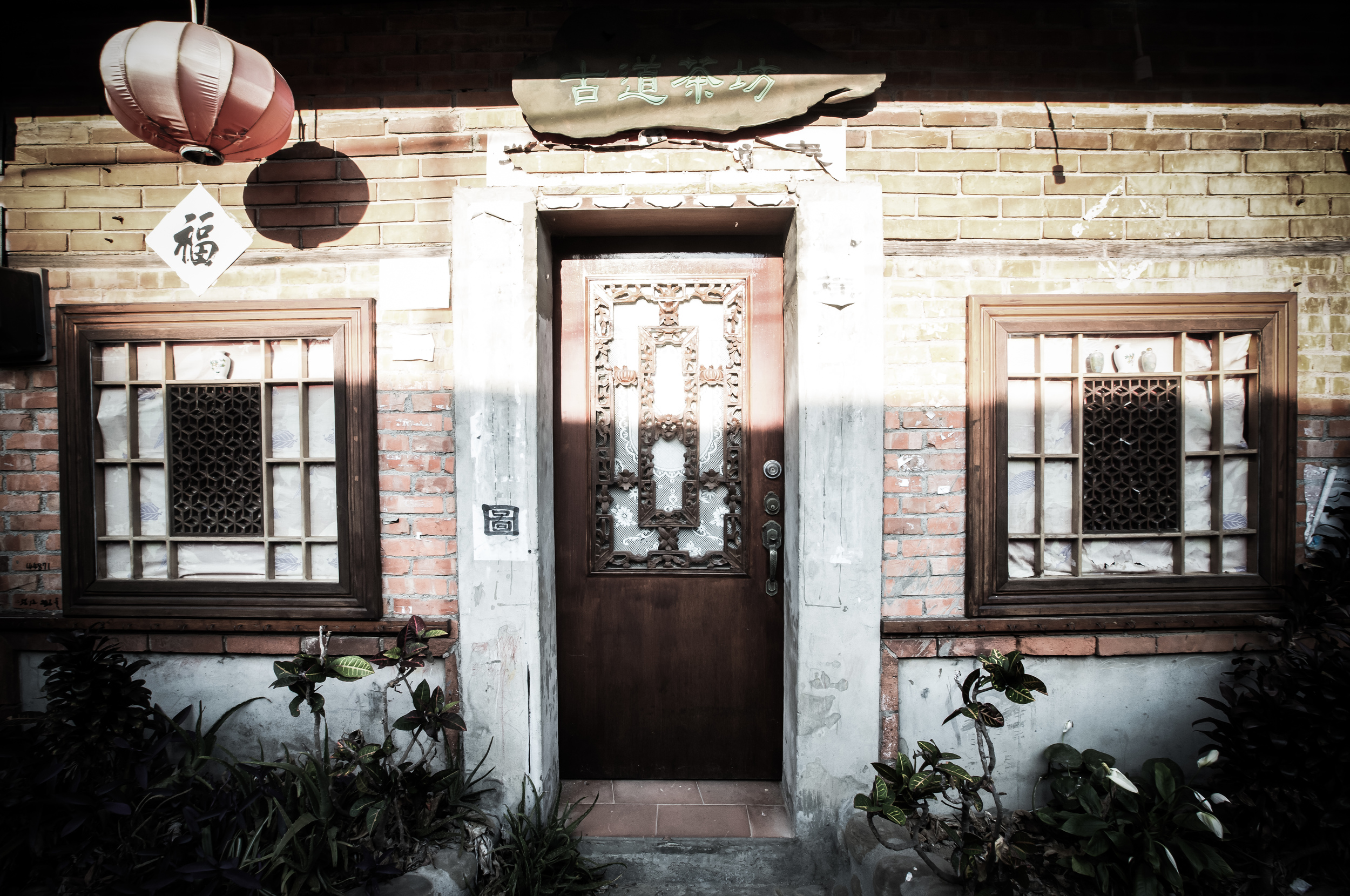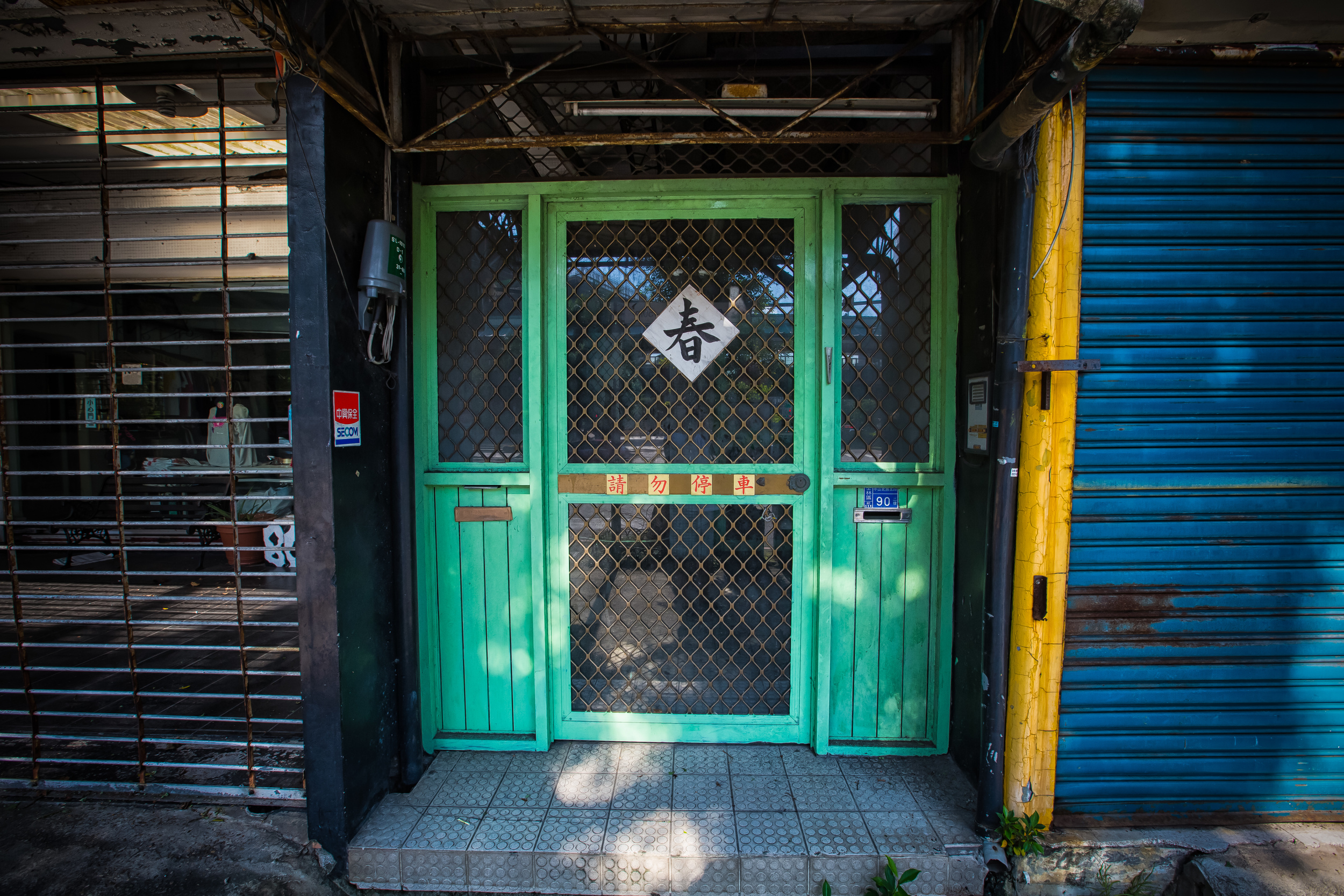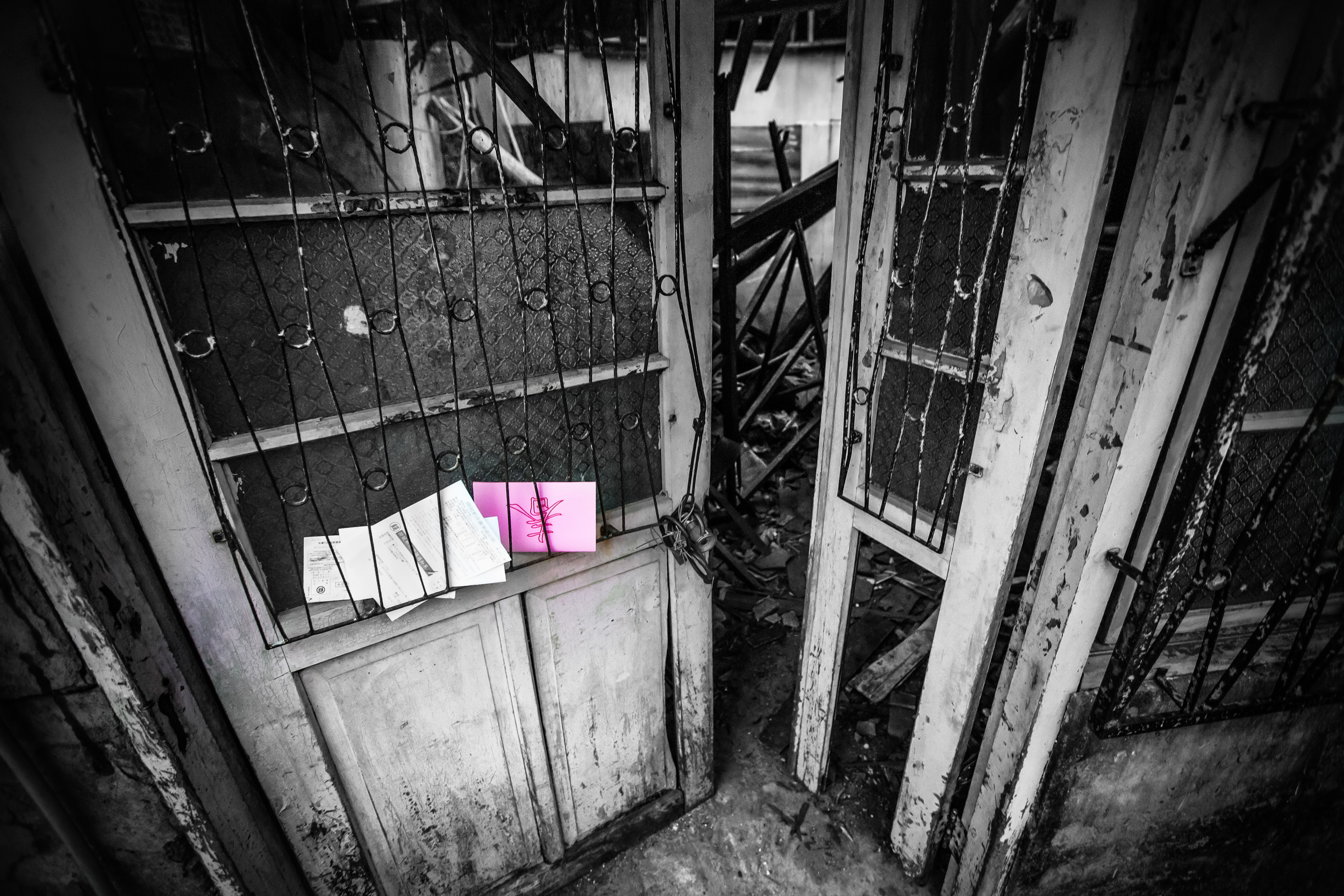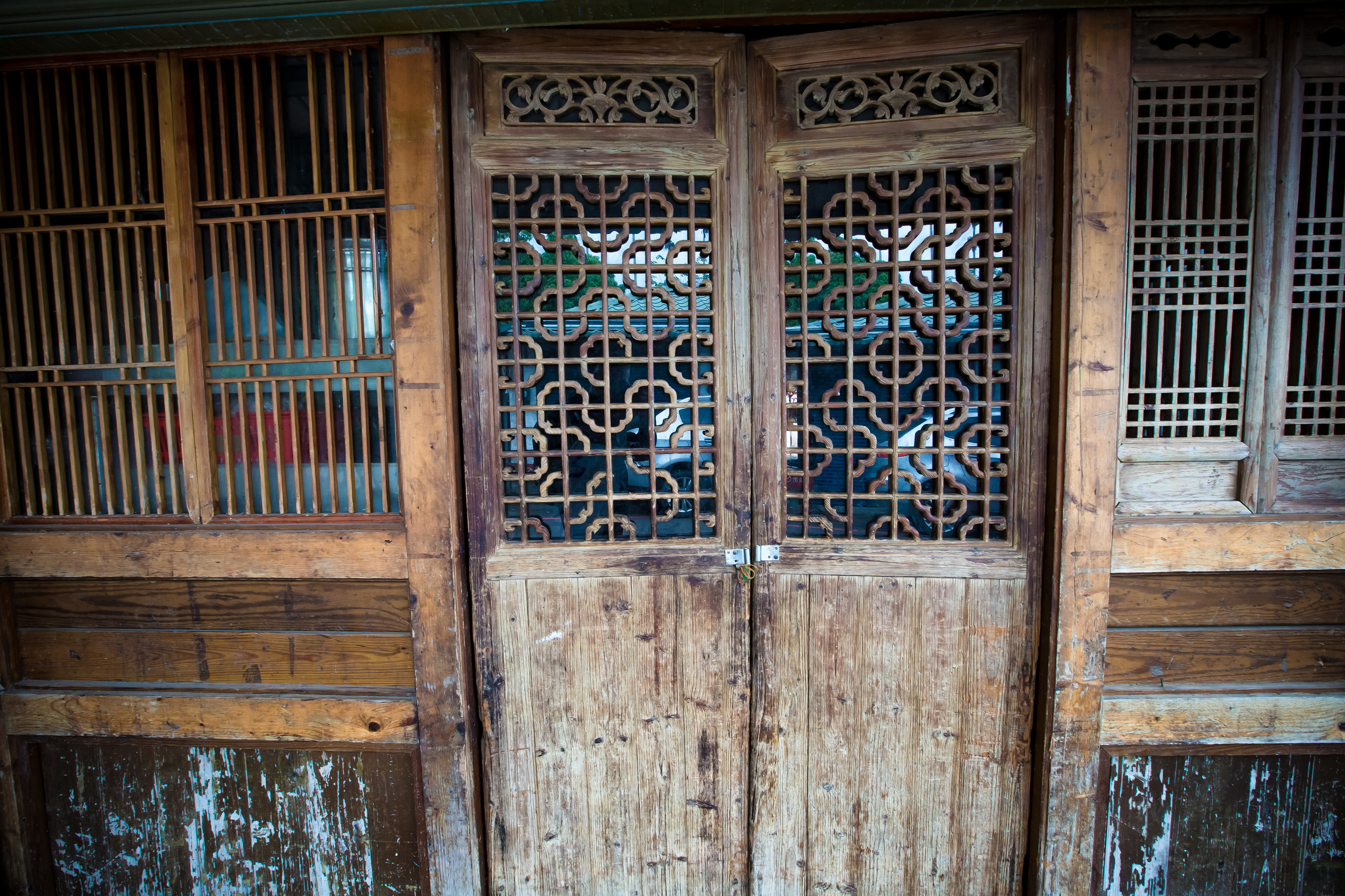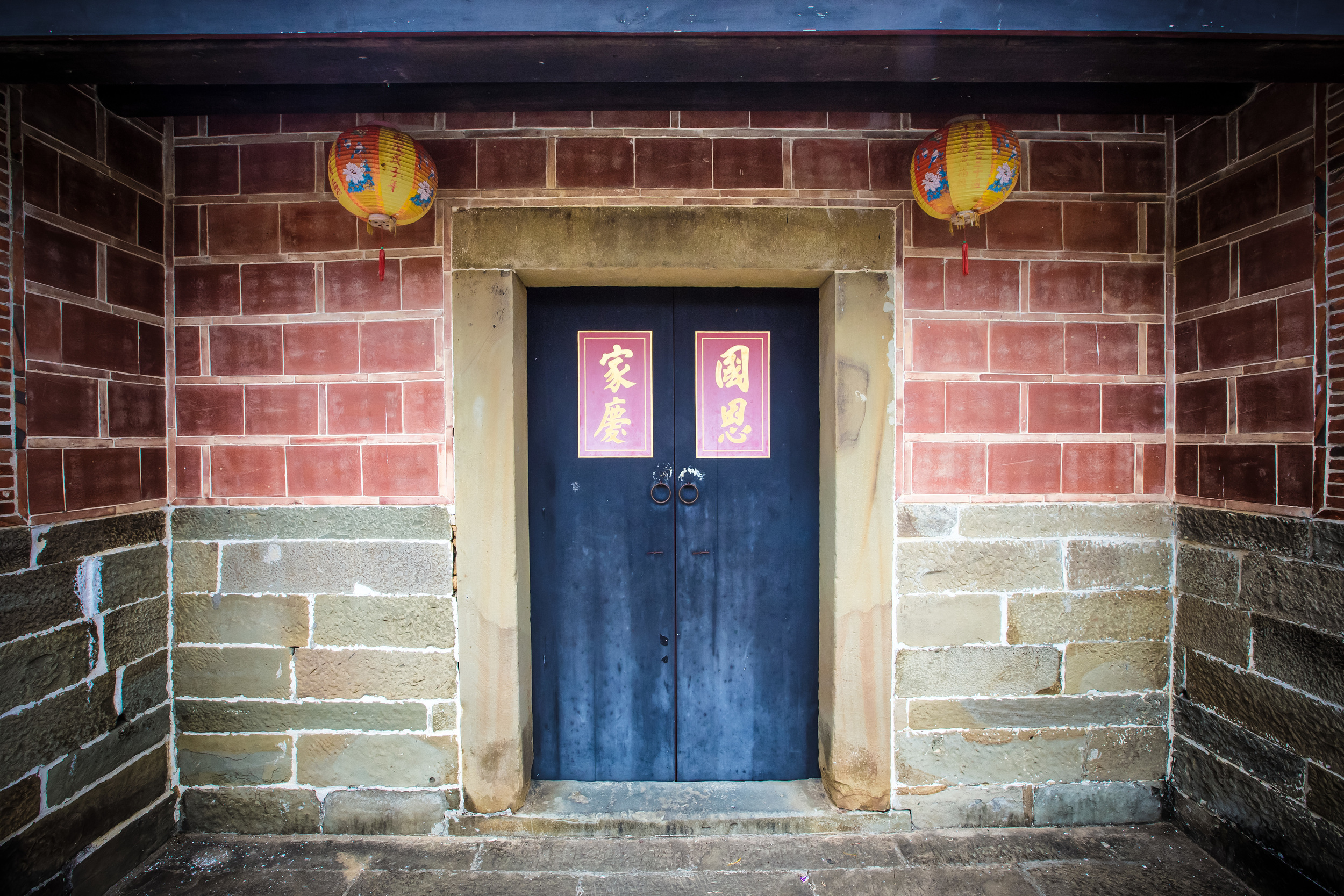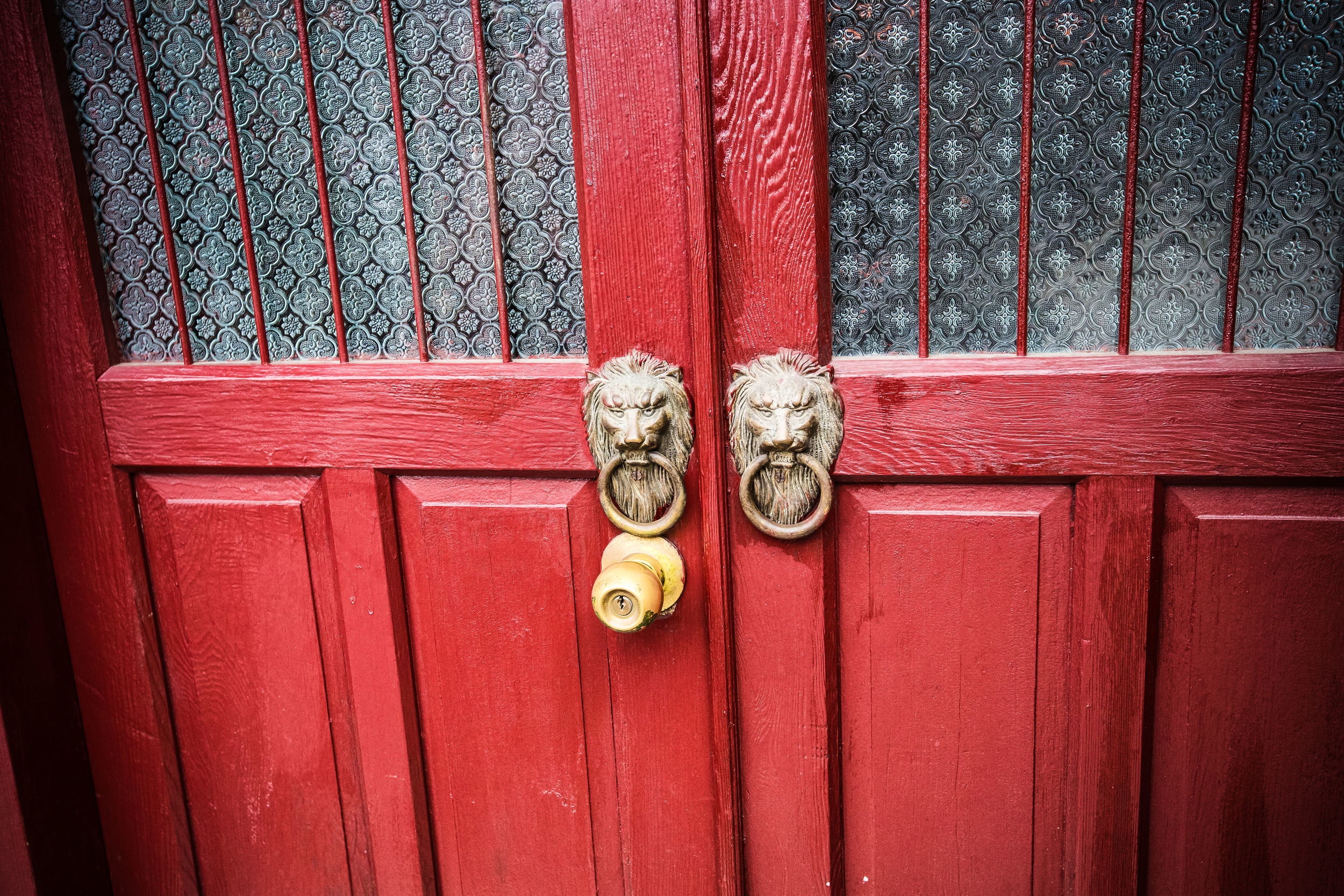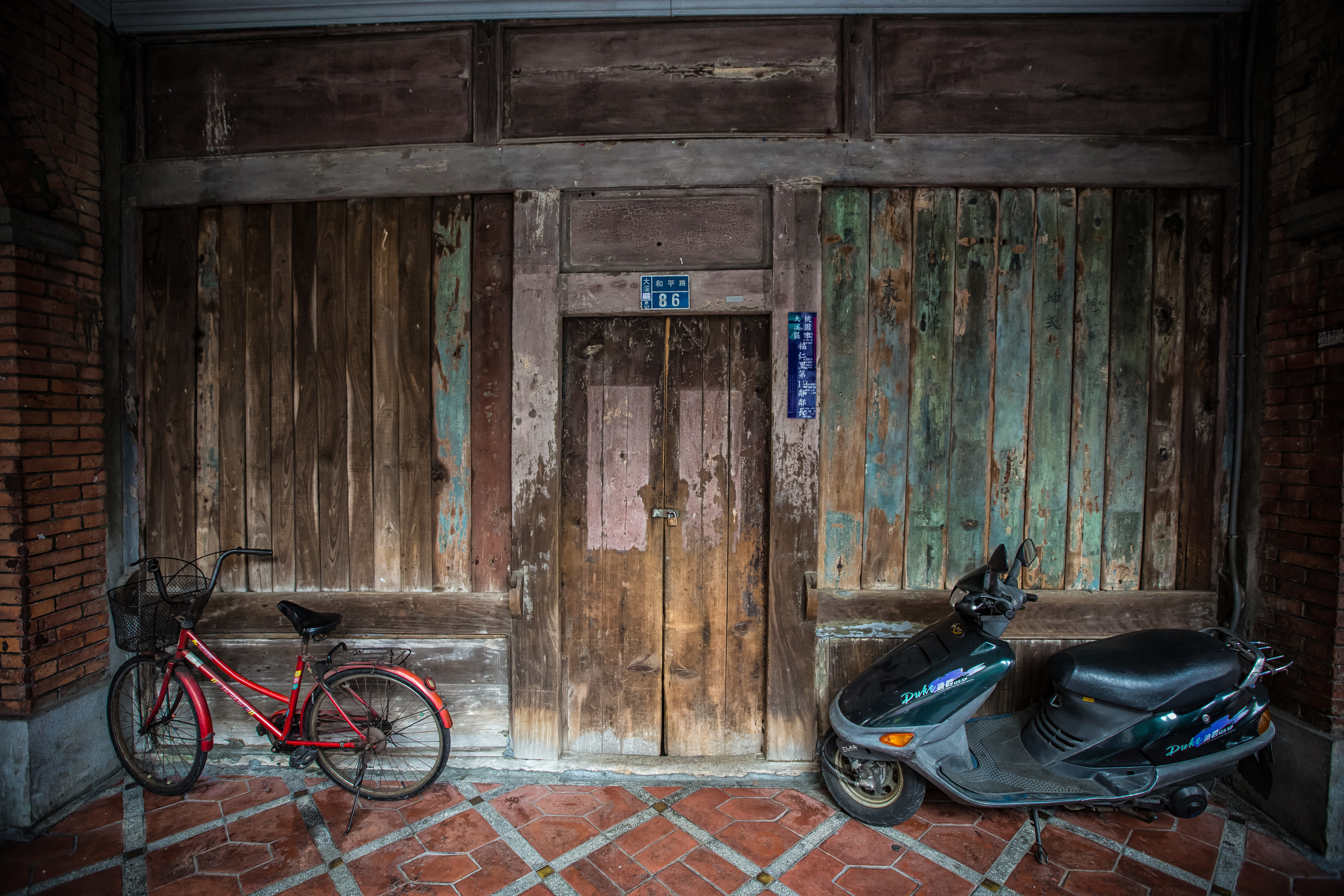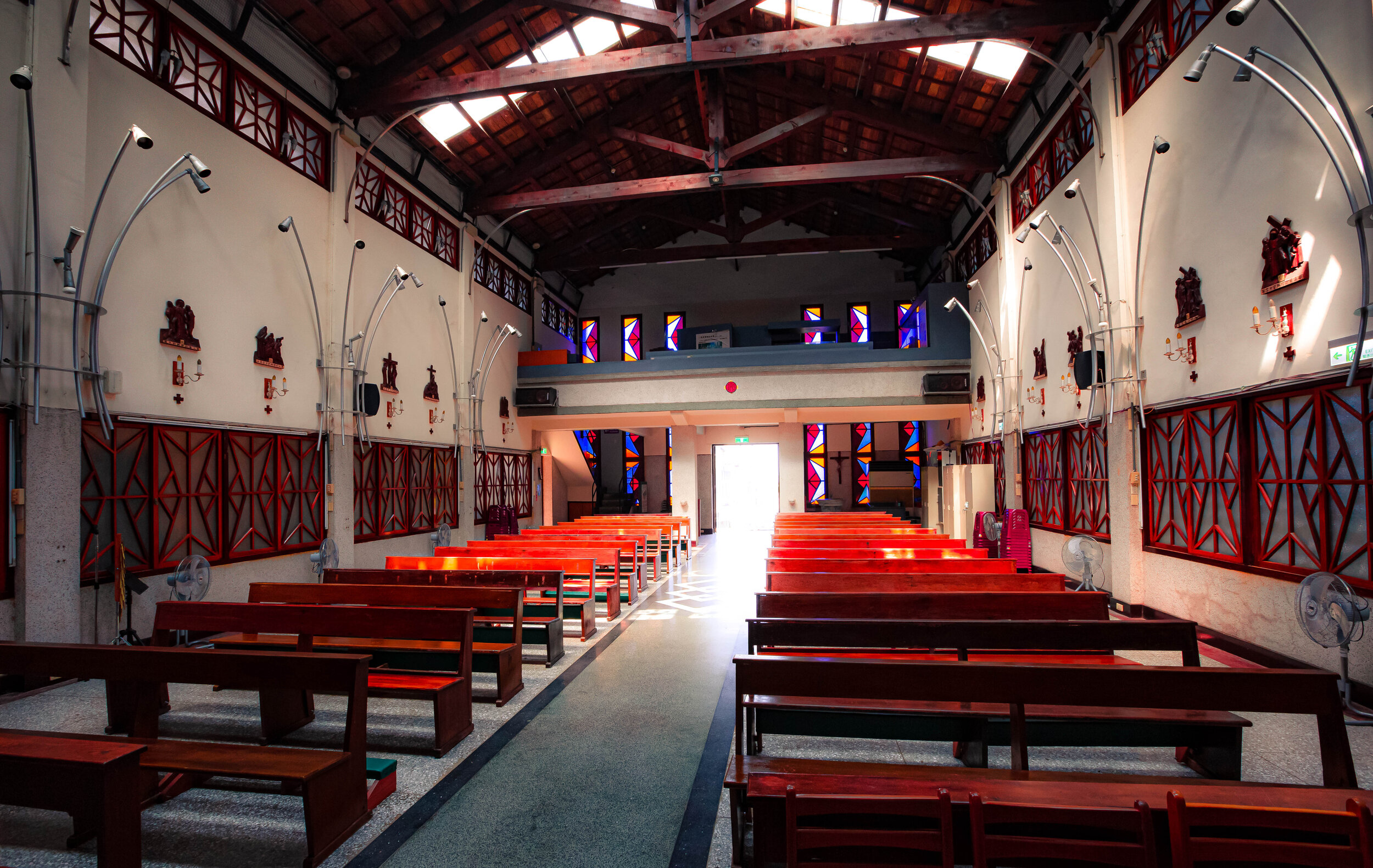The oldest district in the modern metropolis of Taipei goes by many names - To some it is “Bangka” (Báng-kah khu) or “Monga” (艋舺) and to others it is “Wanhua” (萬華區). Whatever you prefer to call the district, it is one of the most important districts in the city and is steeped in history, culture and religion.
Once one of the most prosperous districts in the city due to its proximity to the Xindian River (新店溪), the district served as a centre of commerce for over three hundred years. The area was originally settled by the Pinpu Kaitakela tribe, then Hokkien (閩南人) immigrants from Fujian Province and most recently by Chinese refugees of the civil war.
Today the district is in a period of decline and has an aging population that is regarded as the “fattest” in the city - It is well known for its historic sites which include Longshan Temple (龍山寺), Taipei’s most popular temple as well as the Qingshui Temple (艋舺清水巖), Bopiliao Historic Street (剝皮寮老街) Huaxi Night Market (華西街夜市) and Ximending (西門町), Taipei’s answer to the hip and modern Shibuya shopping district in Tokyo.
If you want to experience the historical side of Taipei, there is no better place to visit than Bangka. This area is unlike any other area of Taipei - Not only will you find history, but walking around gives you the distinct feeling that you travelled back in time to an older, livelier and somewhat seedier version of the city.
So far my series on Bangka has been split up into three sections. The next three sections will be some simple street photography and I plan on ending it all with a post on Longshan Temple. These posts will consist of street photos of the residents of Bangka around the park, in the temple and on the streets in the historic area of the district. This area is a great area for street photography and I hope to show a bit of what life is like in the district through the photos.
Qingshan Temple and King Festival (青山宮/青山靈安尊王)
Street Photography posts
1. Old Lion
The Longshan Temple area has a lot of ancient images of lions, phoenixes, dragons and other mythical Chinese creatures. The temple front park especially has a lot of cool looking statues dedicated to these legendary creatures. In this shot there is an elderly man sitting in front of a bronze lion at the gates of the park. I chose to title it “Old Lion” because of a play on words in Chinese that sounds like the word “teacher.”
2. Pillar of the Community
The majority of the people who hang out in the Longshan temple front park are elderly members of society. Bangka is one of the oldest and coincidentally most unhealthy districts of Taipei and that fact is put on display in front of the temple where people so often go to hangout. The aging population of the district has become a major problem in recent years despite efforts by the city government to revitalize things as young people leave for other areas of the city. It would be sad if the Bangka district lost both its identity and distinct culture when these people pass on.
3. Reflection
One of the difficulties street photographers deal with are ethical dilemmas - Street photography is all about taking photos of the human condition but it is generally frowned upon to take pictures of people who are homeless or otherwise suffering in some way. I thought long and hard about whether or not I should post this shot as I'mnot entirely convinced that this guy is homeless and it could be that he had just finished a long day of work. What I like about the shot is the expression on his face and the way he has his hands cupping his face and staring off into the distance.
4. Going Solo
Any time you visit Bangka park or any large park in Taiwan for that matter you will no doubt notice groups ofold men playing Chinese checkers. My photographer friend Darren loves shooting these guys in action as they are always deep in concentration while playing. There are usually crowds of other people standing around and analyzing every move the players make. It is an interesting contrast to North American parks where people play chess. In this shot a man is enjoying a solo practice game on his own and probably waiting for a worthy competitor. It's not a common sight at this park to see an empty checkers table so I did my best to get the shot quickly.
5. Reading
Most of the people who hang out at the park spend their days chatting with friends, drinking eating and hanging out. This guy interested me because he was very involved in whatever he was reading even as the people around him attempted to strike up a conversation. The park is full of people but it's not an overly loud place most of the time. It's probably a nice place to sit next to a dragon and read a good book while people pass by.







